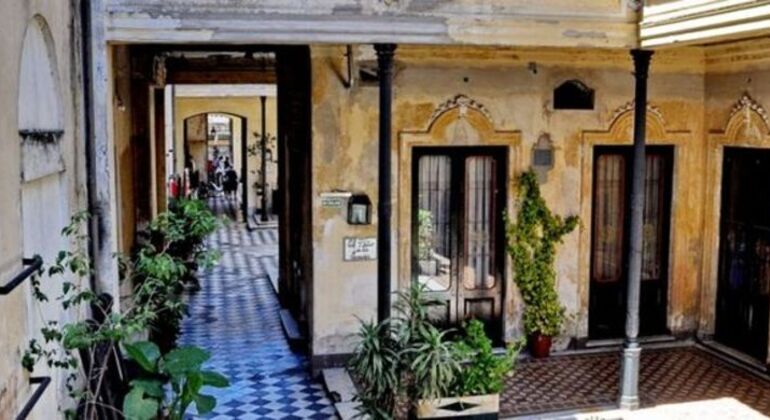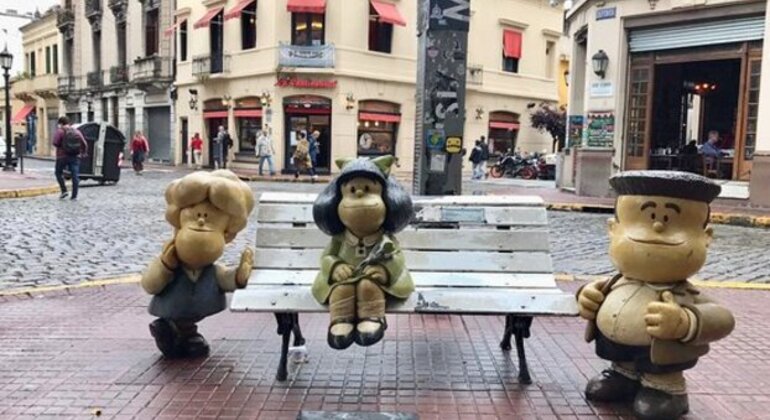San Telmo Essential Free Tour: Tango, Market & Museums
Join our San Telmo tour and discover its rich history, vibrant tango spots, and lively markets. In just 2 hours, explore colonial landmarks, a stunning Jesuit church, and end at a traditional tenement house. Don’t miss out. Discover San Telmo with us
Things to do San Telmo Essential Free Tour: Tango, Market & Museums
We´ll meet at the corner of Avenida Belgrano and Defensa Street (double-check appart fom the app's map) at Iglesia de Santo Domingo, where the English invasions occurred. We´ll see icons of Argentinean culture, such as “Mafalda,” and the smallest house in Buenos Aires. Here we´ll start the tango chapter of this tour, passing by the iconic tango bars "el viejo Almacen" and ¨Bar Sur¨. It will be our stop to talk about the history and legends of tango since it is here where this wonderful dance was born. The mystique of tango lives in San Telmo. If you haven't decided which tango show to see, I provide with different options. Next stop museum of tunnels and the famous San Telmo Market where we can try the tasty dulce de leche. Then, we will see San Pedro Telmo Church, In Dorrego Square, we´ll see handcrafts and, maybe see street tango dancers . Then "Casa Ezeiza", the famous "casa chorizo" expression of the XX Century European immigration , we´ll try to imagine the first tangos danced here. We´ll walk towards Lezama Park, where Buenos Aires was first founded, and we´ll say goodbye at the door of the incredible National Historical Museum.
Included
Meeting point
Belgrano y defensa




